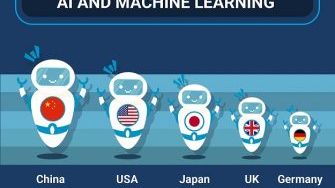In recent years, AI has found applications in many different fields. One of them is emotion recognition technology. How does it work? A computer, or even a mini PC, can tell what emotions you are experiencing thanks to machine learning. Although initially, such predictions were often inaccurate, with time, the algorithm improved itself. That’s right, it improved itself because that’s what machine learning is about.
Okay, but even if the computer can detect facial expressions, then is it the same as knowing what emotions you are experiencing? There is no clear answer. Paul Ekman, an American psychologist, spent a significant chunk of his life studying emotions and facial expressions. According to him, even if the way we express emotions depends on the culture to which we belong, there are some universal telltale signs. He created a training program that allowed people to be able to tell with high accuracy what emotions people feel. It’s not a foolproof method, but in a majority of cases, it works.
Why wouldn’t a machine be able to achieve the same? You could argue that humans take into account the context of a situation. We sometimes make facial expressions jokingly – a frown is not always a sign of disapproval. For now, a machine may not be able to take context into consideration, but it doesn’t mean that its analysis will be flawed. People trained by Ekman can detect micro-expressions that untrained people wouldn’t be able to see on the faces of their interlocutors. It means that when it comes to the accuracy of such predictions, we may overestimate our abilities. Still, it will take some time before computers can detect human emotions with 100% accuracy, though probably it will take less than we expect. If you want to learn more about AI, check out this infographic, provided by Inside Tech.









Leave a Reply